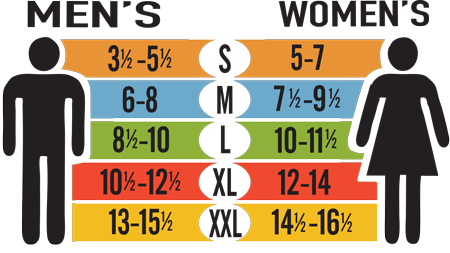Men
Women
Sale
Quiz
Bundles
About Us

Your body goes through a lot of changes during pregnancy. Although the changes prepare your body to give birth and raise a child, they can cause unwanted effects. Wearing compression socks during pregnancy can help you prevent some of the unwanted effects that happen to your feet and legs.
During pregnancy, your body produces higher levels of progesterone to prepare you for giving birth. Unfortunately, the higher amount of progesterone can also make your veins swell. Eventually, you may notice varicose veins that you didn’t have before pregnancy.
Compression socks put pressure on your legs and prevent your veins from holding more blood than usual. By wearing compression socks throughout the day, especially when you're standing, you can reduce the risk of developing varicose veins during your pregnancy.
As your pregnancy progresses, you may notice that you experience pain in your feet and legs. Some women feel the pain when they stand for long hours. Others experience pain when they sit for several hours. The pain usually comes from excessive blood in your feet.
When blood pools in your feet, you can feel tremendous pressure that can quickly become uncomfortable or painful. Compression socks maintain steady pressure in your feet and legs to stop blood from pooling in your limbs. As long as you regulate the pressure, you shouldn't feel any pain.
Many women say they feel more foot and leg pain as their babies grow. Start wearing compression socks early in your pregnancy to avoid discomfort throughout your baby's development.
The Centers for Disease Control and Prevention (CDC) estimates that deep vein thrombosis (DVT) affects 900,000 Americans. Pregnancy puts you at a higher risk of developing (DVT), a condition when blood clots cause symptoms like swelling, redness, tenderness and pain.
DVT can also lead to serious health problems and sudden death when left untreated.
Wearing compression socks lowers your risk of getting DVT by preventing blood clots from forming in your legs. If you already have DVT, you can use compression socks to relieve the swelling, tenderness and pain that you experience.
FITS compression socks come in a variety of materials and colors so you can feel comfortable and look stylish during your pregnancy. Popular compression socks include those made from merino wool, nylon and polyester. Find the perfect wool socks for women and compression socks for women to keep you healthy and comfortable throughout every stage of your pregnancy.

Your sock size shouldn’t be a guessing game. Our socks range from small to double XL, but the best way to know the perfect fit for you is to match your shoe size to the chart on the left. That way, you’ll know the size you select will give you the fit and feel you expect.
Between sizes? Go with your gut, but rest assured that your socks will still fit great. If you receive your order and find yourself wishing you’d gone up or down a size, just let us know. We’ll happily send you replacements for your preferred size.
Concerned about laundry mix-ups? All FITS® socks are coordinated by color and size, based on the colors you see on the size chart. So, you won’t have to worry about mixing up your sizes with the other FITS® wearers in your home. (But stray socks mysteriously going missing in the dryer? Unfortunately, we can’t help with that.)

Sock sizes are typically measured in inches, not by your shoe size. So, a sock size 6-8 will comfortably fit someone whose feet are between six and eight inches long. However, at FITS®, we make it easy for you to choose the ideal sock size without having to measure your foot. Simply use our sock size conversion chart based on your shoe size to select the right fit for you.
To measure your foot for socks, measure the length from the heel of your foot to the tip of your longest toe. The measurement in inches correlates to your sock size. For example, if your foot is 10 inches long, a sock size 9-11 should fit you comfortably. At FITS®, you can skip this step and find your sock size based on your shoe size using our conversion chart.
The sock size conversion refers to sock size compared to shoe size. While all companies may vary slightly on which size socks to purchase based on your shoe size, you can always measure your foot to find the right fit for you.
Because sock sizes are determined by the length of your foot in inches vs. your shoe size, shoe and sock sizes differ. The FITS® sock size to shoe size conversion is as follows:
Knowing this makes it easy to choose the ideal sock size based on your shoe size without measuring your foot.
Sock sizes typically don’t correlate with age. For kids, age can be a general indicator of what size sock they’ll need, but everyone is different. An adult sock size 9-12 fits anyone whose feet are approximately nine to twelve inches long. For kids’ sock sizing, check with the company to find exact details to ensure your little one gets the perfect fit.
Got more questions about finding the perfect sock size for you? Let’s talk.
